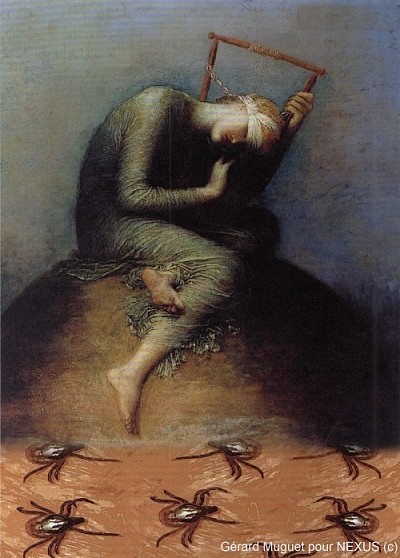https://apps.facebook.com/theguardian/books/2012/nov/11/spillover-animal-infections-pandemic-quammen-review?post_gdp=true
Spillover: Animal Infections and the Next Human Pandemic by David Quammen – review
Read by 9 people
Sunday 11 November 2012Killer organisms and viruses that jump from animal to human are tracked down in this forensic study
Let's not beat around the bush. This is an extraordinary book.David Quammen has woven a story of incredible complexity; a detective story with a difference, with a host of murderers – all of them real. They are viruses, bacteria and single-celled organisms which infect other animals, but every now and then make the jump – spill over – to our own species. Each chapter follows the quest to track down a new villain. An international team of detectives works on the cases, and Quammen follows them as they uncover the traces which will lead them to the killers.
After an opening chapter about a horrific virus which lays low horses and humans, the Ebola virus emerges through a dark tale, with piles of dead gorillas in the forest, consumption of rotting bushmeat, sorcery and Rosicrucianism. The story is grim enough without the usually exaggerated descriptions of Ebola: sufferers crying blood and melting from the inside out. Quammen doesn't sensationalise his material (you could argue he doesn't need to – it's quite dreadful enough). He's much more interested in demystifying these outbreaks, finding out what we know about them and how this might help us to anticipate future emergent diseases and limit their impact. He promises to tell us the "complicated story", not the dramatic one. But this is such a consummate piece of science writing that you're likely to imbibe some extremely complex concepts without realising it. There's no "here's the science bit"; lessons in virology, epidemiology and genetics are woven seamlessly into the story.
In each chapter a disease gradually comes into focus, starting with rumours, a few seemingly unconnected, mysterious deaths. The history of the investigation unfolds until we come face to face with the killer. In the process we learn the myriad ways in which a germ can move from one host to another – through excrement, excretions, mucus and blood – and uncover the dangerous activities that may have led to exposure: climbing trees? touching or eating dead animals? drinking date-palm sap? Quammen also hunts down the unwitting accomplices: the animals who carry these diseases before they jump into humans: pigs, birds, monkeys, apes and bats.
The real heroes of the piece are the detectives – the scientists working tirelessly out in the field and in their labs to solve the crimes committed by those microscopic murderers. As brilliant as Quammen is at describing the workings of viruses, he's also a masterful portrait painter, a close observer of people. These range from the molecular scientist working on Sars "with the instincts of an epidemiologist and the balls of a brass macaque" to the ecologist who relishes eating his way through the exotic biota on offer on Chinese menus to the expert in veterinary diseases who is a "sturdy fellow… looking like a former high school quarterback grown fortyish and serious."
The historical details are fascinating: in the 19th century scientists looked down light microscopes to discover minute creatures in the blood cells of malaria patients, while viruses remained mysterious and invisible until the invention of the electron microscope in the 1930s. There are historical landmarks: President Hoover banning the import of parrots into the US; an outbreak of inflamed joints and spreading rashes becoming linked to deer ticks in the Connecticut town of Lyme; a flurry of "harmless" infections proving fatal in male patients in the States in the 1980s.
Quammen takes us on a global journey, visiting orderly labs but also getting out into the field with researchers – trapping bats in China and monkeys in Bangladesh, travelling deep into the Cameroon forest to hear tales of initiation ceremonies requiring bushmeat in the form of chimpanzee arms.
Towards the end of the book he loses touch with reality and goes off on a fictional flight of fancy about the origin of HIV, mixed up with his own journey along the Congo river. It all gets a bit Apocalypse Now in this diverting but incongruous departure from the unwavering attention to evidence in the rest of the book.
The emergence of zoonotic diseases – these afflictions which jump from other species to us – is not a new phenomenon but they do seem to be on the increase, and Quammen explores the reasons behind this in his final chapter: a huge global human population, a huge global population of livestock, destruction of natural habitats, disrupted ecosystems – it could easily become a diatribe about nature's revenge on humankind. But Quammen isn't a romantic, sentimental environmentalist. He is careful to emphasise that humans are part of the natural world, not separate from it – and there lies the problem.
My advice, having read Spillover: buy the book, be sure to get your flu jab this winter (if you need one), and remember: "The duck is the Trojan horse."
